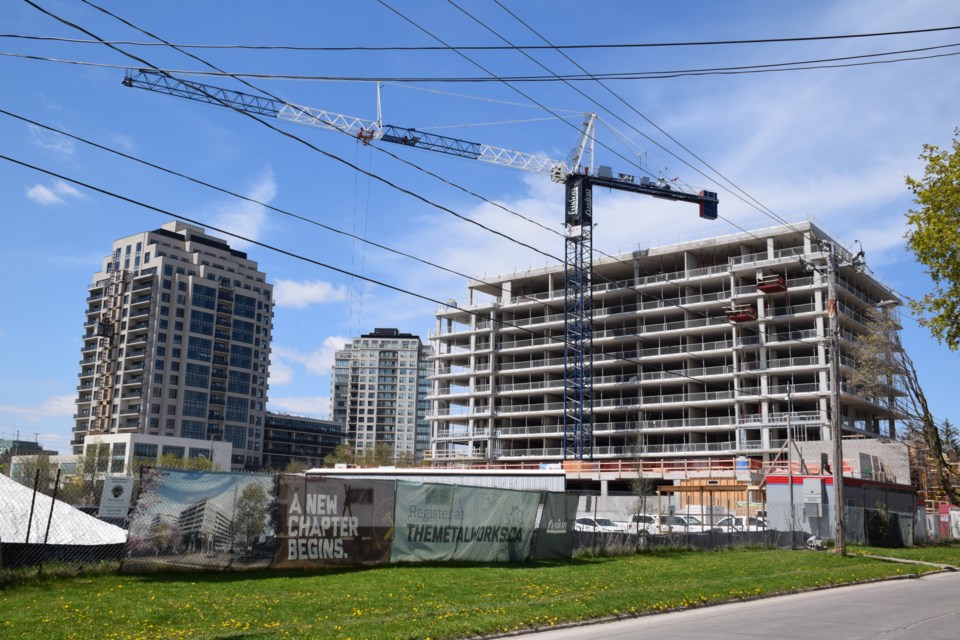The steady growth of the Guelph and area population may seem obvious to anyone living in or visiting the city.
In recent years there has been more traffic, rapidly expanding subdivisions, in-fill projects towering many floors over the downtown. Now, that recent rapid growth is official.
The Guelph census metropolitan area is one of seven CMAs in Canada to experience accelerated growth between 2011 and 2016, according to new data release Wednesday by Statistics Canada. That means the rate of growth is higher in the latest census period than it was in the last.
Since the last census period population growth in these seven CMAs was about two or more percentage points higher.
The Guelph CMA includes Guelph-Eramosa and Puslinch. The population in the area between 2011-2016 grew by 7.7 per cent, compared to 5.5 per cent between 2006-2011.
The area’s population in 2015 was 153,000, and has been growing at an average of about 1,250 each year since 2012, according to previous data.
Guelph joined St. Catharines-Niagara and Windsor among Ontario CMAs with accelerated growth. Alberta cities Calgary and Edmonton, Regina, Sask., and Victoria, B.C. were among the other seven CMAs.
Among the seven, population growth accelerated the most in the Windsor CMA, rising 3.1 per cent from 2011 to 2016 following a 1.3 per cent decline from 2006 to 2011, meaning it grew by a total of 4.4 per cent over the census period.
Statistics Canada’s released its 2016 population census data on Wednesday. The count of the nations population found it exceeded the 35 million mark in 2016, standing now at 35,151,728 people living in Canada as of May 10, 2016, which was census day. More census data will be forthcoming as 2017 progresses.
According to Statistics Canada, the country’s population is now 10 times higher than it was in 1871, when the first census after Confederation took place, recording 3.5 million. The population rose to 20 million by the time Canada was 100 years old in 1967.
About two-thirds of Canada's population growth from 2011 to 2016 was the result of migratory increases, the difference between the number of immigrants and emigrants. Immigration is expected to account for the majority of the country’s population growth for years to come.
Natural increases, the difference between the number of births and deaths, accounted for the remaining one-third.
The population of the country actually grew at a slightly lower rate between 2011-2016 than it had between 2006-2011 – five per cent compared to nearly six per cent during the previous census period.
Canada had the highest population growth among G7 nations at one per cent per year. The country’s average annual population growth rate from 2011 to 2016 was the eighth highest among G20 countries, behind Saudi Arabia, Turkey, South Africa, Australia, Mexico, Indonesia and India.
The latest statistics show that two-thirds of Canadians live close to the southern border. In 2016, 66 per cent of Canadians lived within 100 kilometres of the southern Canada/US border. The border area represents just four per cent of the country’s territory.
The highest rates of population growth in Canada during the census period were in the west. The fastest rates of growth were recorded in Alberta (11.6 per cent), Saskatchewan (6.3 per cent) and Manitoba (5.8 per cent).
New Brunswick’s population dropped to 747,000 from 751,171, while Nunavut lead Canada with 12.7 per cent population increase.
